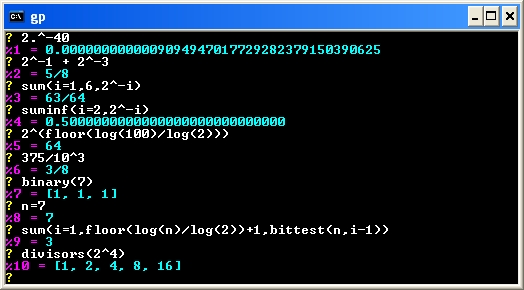A palindromic number, or number palindrome, is a number like 74347, which is the same written forward and backward.
A number can be palindromic in any base, not just decimal. For example, 101101 is a palindrome in binary. A number can also be palindromic in more than one base, like decimal 719848917, which is 101010111010000000010111010101 in binary and 5272002725 in octal.
An efficient way to find palindromes in a single base is to generate them, iterating through each integer and constructing palindromes from them. An efficient way to find numbers that are palindromic in multiple bases is to take a palindrome in one base and test if it’s a palindrome in one or more additional bases.
In this article, I’ll show you C code I wrote that finds multi-base numeric palindromes. I used this code to generate tables of numbers that are palindromic in decimal and binary, decimal and hexadecimal, and decimal and octal. I also used this code to solve Euler problem 36, which asks for the sum of all numbers, less than one million, that are palindromic in decimal and binary.
Continue reading “Finding Numbers That Are Palindromic In Multiple Bases”

